Short answer: Speaking of age only (as opposed to physical limits of a tire) If you have a full size spare, it should be replaced after exceeding 10 years past the (in the United States, this is the DOT stamped date on the tire) manufacture date. If you have a donut, the same 10 year recommendation applies but not all tires are equal.
Although there is an accepted answer, that answer adheres to government standards designed with safety in mind, my answer is more to inform so that someone understands why their tire would need to be replaced.
Disclaimer: I don't ever replace the donuts on any of my cars because they have been in good condition even at 15, 20 years.
Second Disclaimer: I always get triggered watching tire salespeople tell someone they need to change their donut and quoting them $400 when the tire is in good condition. This generates mistrust in people and results in them being no longer trusting of professionals.
A tire only needs to be replaced once it has reached the physical limits of the tire or the rubber has begun to degrade and fail.
Physical limits of a tire are when the tire is no longer able to perform upto the specification it was manufactured to.
Common limits are:
Rubber has degraded once it's chemical structure has changed to the point that the tensile strength, color, shape, etc of the rubber has changed.
Rubber has failed once the material no longer retains its bonds. The material separates, resulting in a tear, hole, separation, etc causing the rubber to no longer be able to support itself.
Think of degradation as the rubber chemically changing, and a failure as a physical change.
Broad catergories would be:
Root causes would be:
Chemicals and Ozone/UV
The kind of chemicals/processes that destroy rubber are well documented on the Wikipedia for polymer degradation.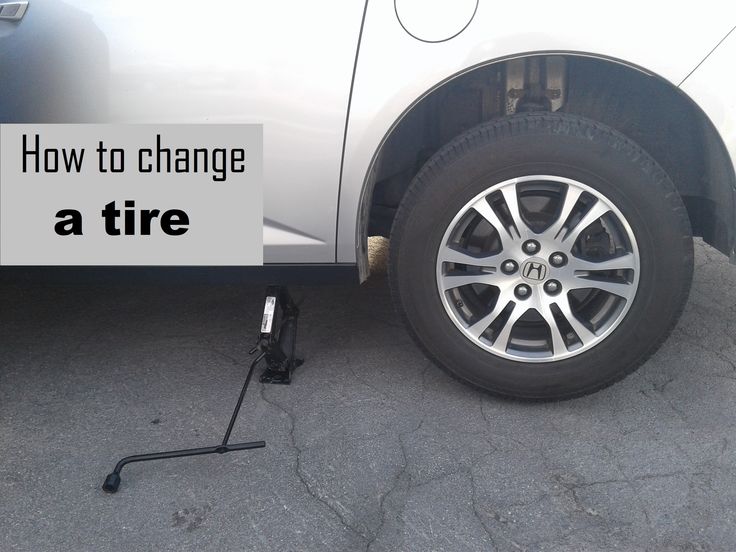 I have quote paraphrased items from the page for things relevant to tires.
I have quote paraphrased items from the page for things relevant to tires.
Ozonolysis and Ozone cracking
Ozone cracking in Natural rubber tubing Cracks can be formed in many different elastomers by ozone attack. Tiny traces of the gas in the air will attack double bonds in rubber chains, with Natural rubber, polybutadiene, Styrene-butadiene rubber and NBR being most sensitive to degradation. Ozone cracks form in products under tension, but the critical strain is very small. The cracks are always oriented at right angles to the strain axis, so will form around the circumference in a rubber tube bent over. The problem of ozone cracking can be prevented by adding anti-ozonants to the rubber before vulcanization. Ozone cracks were commonly seen in automobile tire sidewalls, but are now seen rarely thanks to these additives.
Photo-oxidation of polymers
The polymers are susceptible to attack by atmospheric oxygen, especially at elevated temperatures encountered during processing to shape.
Many process methods such as extrusion and injection moulding involve pumping molten polymer into tools, and the high temperatures needed for melting may result in oxidation unless precautions are taken.
The Wikipedia article goes into greater scientific detail but the takeaway is that any oxidation based defect is likely to originate from manufacturer. The only other way for oxidation to affect the tire is for it to be exposed to something else that is oxidizing (like iron oxide aka rust).
Galvanic action
In early 1990, it was reported that imide-linked resins in CFRP composites degrade when bare composite is coupled with an active metal in salt water environments. This is because corrosion not only occurs at the aluminum anode, but also at the carbon fiber cathode in the form of a very strong base with a pH of about 13. This strong base reacts with the polymer chain structure degrading the polymer. Polymers affected include bismaleimides (BMI), condensation polyimides, triazines, and blends thereof.
Degradation occurs in the form of dissolved resin and loose fibers.
CFRP is commonly used in tires, the tldr is salt can corrode some of the material in a tire. Some is enough to cause material degradation.
Chlorine-induced cracking
Chlorine is a highly reactive gas, which will attack susceptible polymers such as acetal resin and polybutylene pipework. In essence, the gas attacks sensitive parts of the chain molecules (especially secondary, tertiary, or allylic carbon atoms), oxidizing the chains and ultimately causing chain cleavage.
Chlorine effectively dries rubber out and damages molecules by reacting with and changing them.
Others
Heat, Abrasion, Tearing, Excessive Pressure/Compression are somewhat self explanatory. The tie directly to the physical limits of a tire.
Fatigue
Fatigue is caused generally by things like inconsistent inflation (i.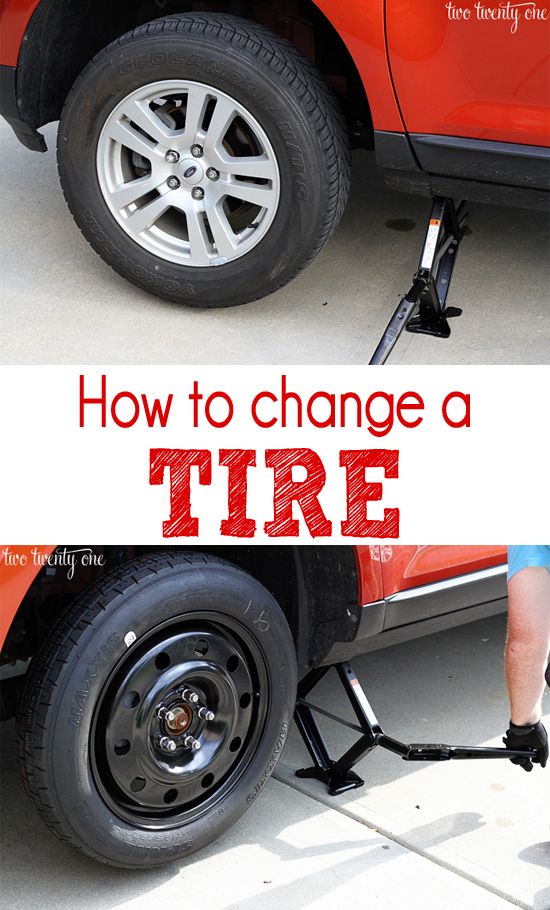 e. a leaking valve steam causes the user to just air up the tire before every drive), time-driven, generally diagnosable by micro-cracking or what industry calls "dry-rot" (i.e. google michelin dry rot).
e. a leaking valve steam causes the user to just air up the tire before every drive), time-driven, generally diagnosable by micro-cracking or what industry calls "dry-rot" (i.e. google michelin dry rot).
Set There's also another thing I didn't mention above because its hard to see the uniqueness of it as a failure point. In the rubber industry, there a term, 'set', which refers to tension maintained for a period of time and then released.
A good example of this is measuring the stress on an object as an output of strain. Through this we can measure deformation.
Example: You squeeze a basketball and let go. You do it a second time. If the strain put on the ball was equal each time, the stess is equal. Well, if you squeeze the ball so hard it pops, the stress is no longer the same because the ball is deformed.
This is why my friend who drives over potholes everyday keeps having to buy new tires. It is not that the final pothole caused a failure in his tire, the cause is a previous pothole putting so much strain on the tire it was deformed.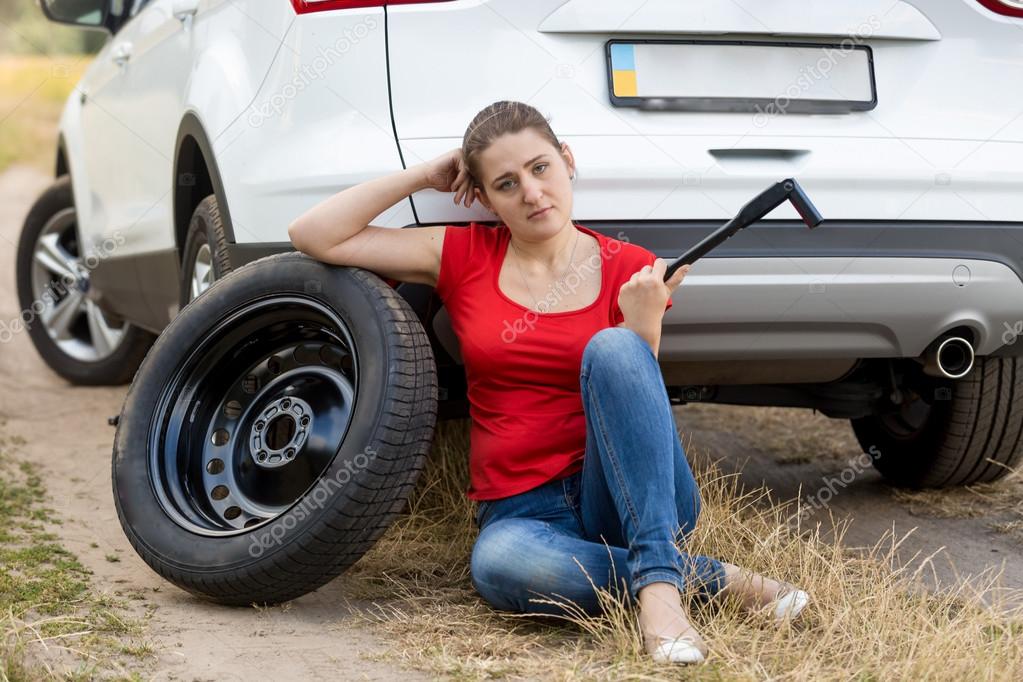 The tire slowly deforms more as additional strain is put on it, until it fails.
The tire slowly deforms more as additional strain is put on it, until it fails.
Because none of these things happen in a clean dry trunk. If you have never taken the spare out of your trunk/hatch, and there is no moisture in your trunk/hatch. There's nothing to degrade your tire or make it approach it's physical limits.
Armed with my somewhat useless knowledge of rubber and tires, everytime I have had a flat in one of my many 10+ year old cars. I would pull out my spare that I kept inflated along with the rest of my tires. I would inspect it for cracking or signs of degradation. The tire rubber would still be supple and flexible with no signs of impeding doom.
This is not me endorsing driving on a 10+ year old donut.
Editor’s Note: This blog has been updated in 2021 to reflect current industry standards.
In older cars, every model came with a spare tire that matched the tires already on the vehicle. Over the years, car manufacturers have realized the spare tire is used so infrequently, it does not make much sense to equip every car with a full-sized spare. For this reason, manufacturers began leaving a space-saver spare (otherwise known as a donut) in place of a full-size spare.
Nowadays, spare tires should never be a permanent replacement, begging the question, how long can you really drive on a spare tire? The type of spare tire in your vehicle makes a difference in how long and how far you can drive before fixing your tire or buying a new tire.
These narrow, compact spares are designed to save space and weight in the vehicle, allowing the manufacturers to build a smaller car. However, the tire itself is not built to last. Your owner’s manual will give recommendations for driving time and speed. A general rule of thumb is to drive no farther than 70 miles and no faster than 50 miles per hour before replacing your donut with a new tire.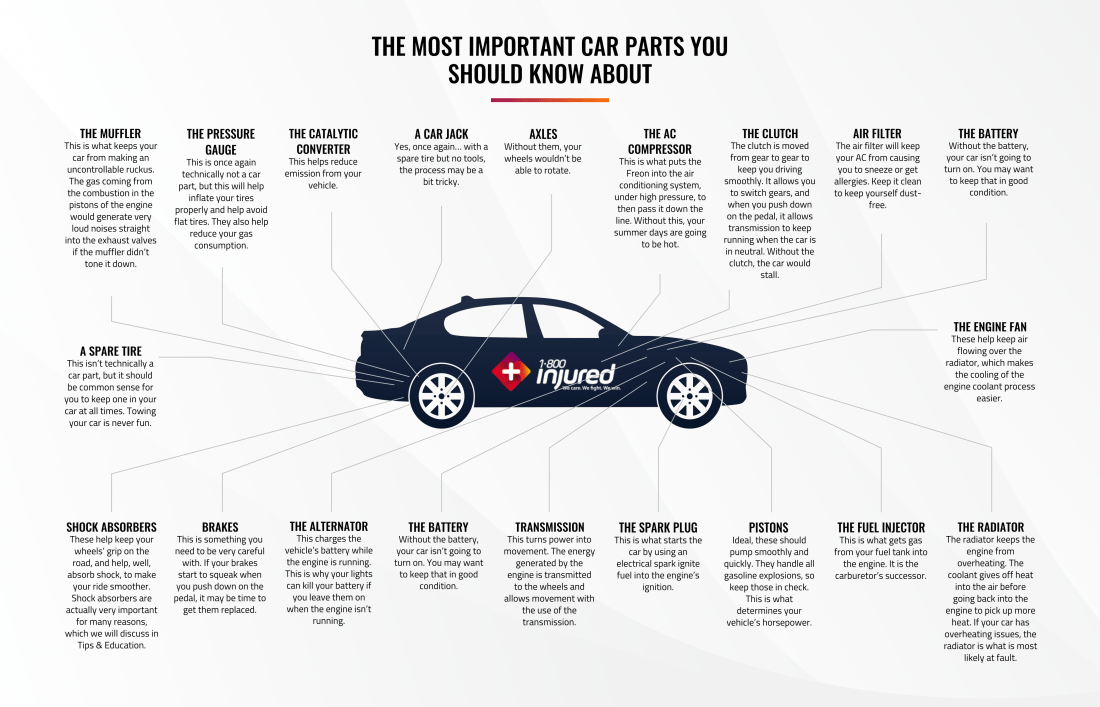
The biggest reason why you should avoid prolonged use of space-saver or donut tires is that they have little to no tread, making the spare vulnerable to road hazards and projectiles. It is also much smaller than the other 3 tires, making it spin faster to keep up with the moving car.
Run-flat tires are becoming more common as manufacturers realize they cost less to maintain than traditional tires. If you drive a recent model BMW or a MINI, your car likely came with run-flat tires. These tires are tougher than most tires but are not designed to last forever, such as a full-spare tire.
Rather than including a spare tire, these run-flat tires are built to withstand most road hazards, including punctures. Rather than going flat or blowing out (as traditional tires do), a run-flat tire can continue to drive after punctured for about 50 miles before needing to be replaced. However, these tires cost more to replace than traditional tires.
While you have a bit more room to travel on these types of tires, it is important to inspect your tire as soon as you are aware of any change in tire pressure. This gives you an idea of how long you have until you have no choice but to have your tire replaced.
This gives you an idea of how long you have until you have no choice but to have your tire replaced.
How Long Can You Drive on a Full-Size Spare Tire?
For years, cars were built with spare tire wells capable of carrying a full-size spare. On many older cars (and a few newer models), this is still the case. If you bought a truck, SUV, or another large vehicle, your car probably is equipped with a full-size spare. While a full-size spare is heavier and requires a larger space for storage, these tires are more durable and can handle a drive similar to a regular tire.
Once you have taken your vehicle to an auto repair shop and learned that the punctured tire is irreparable, you can request the spare tire to be put on the original rim.It is important to note that a full-size spare tire is usually not produced by the same manufacturer as the rest of the tires on your vehicle, meaning it will handle differently than the other tires. We suggest buying a new tire as soon as you can afford to, but this can easily buy you some time.
Christian Brothers Automotive was born out of the idea of not just being an auto repair shop, but also a neighbor. Our mission is simple: to take root in the local communities we serve and to create an uncommonly great experience for customers in need of auto service and repair. To have your tires inspected or to replace a spare tire, please do not hesitate to call or visit your local Christian Brothers Automotive shop. We have 240 plus locations nationwide that are locally owned and operated, providing complete auto care and repair solutions near you.
Photo wired.com
To prevent the spare wheel from failing at the most unnecessary moment, it needs to be serviced regularly. Moreover - periodically change! Few people do this, if they do it at all, and the average time a car stays in a family is almost seven years. Even if the wheel is visually new, it may not be usable. And it's deadly unusable! nine0009
And it's deadly unusable! nine0009
Eduard Raskin
According to GOST 4754 of 1997, the warranty period for passenger car tires is five years. It is worth paying attention that it does not begin to act from the moment of purchase or installation on the car, but from the moment the rubber is released. Two years in the store lay - only 36 months left, and then - "at the discretion of the car owner." In order to avoid, as in the saying about the miser who pays twice, before buying a new rubber, you should check the date of manufacture of each tire. This information is on the outer sidewall. nine0009
The spare wheel can be stored in a special niche in the luggage compartment, can be fixed under the bottom or installed on the fifth door. The first option is the most favorable: dirt, salt and reagents do not get on the rubber. But the key factor is that the tire is reliably hidden from the sun's rays, under the influence of which sulfur “fades” from the rubber, the substance responsible for molecular interaction. As a result, the appearance of cracks and the subsequent explosion of the wheel under load.
As a result, the appearance of cracks and the subsequent explosion of the wheel under load.
Photo thecarexpert.co.uk
The best option is to regularly put the fifth wheel into action, rotate the tires. That is, put it on one of the axles of the car, periodically resting each tire. This approach increases the life of the wheels for a season or 20,000 km. It is a pity that few people find the strength to do this.
To slow down the aging of an infrequently used wheel, experts recommend periodically turning the spare tire over, changing the contact points of the tire with the surface, and checking the air pressure twice a year. If the wheel is located under the bottom of the car, then washing with removal several times a year is added to the mandatory procedures to remove seasonal dirt and reagents, as well as to change the points of contact with the basket more often. Gravity and thin rods on which the spare tire rests lead to a rapid deformation of the rubber. nine0009
Separately, it is worth mentioning the spare wheel, which is installed on the fifth door or "gate": firstly, you should not drive without a protective cap. The sun will ruin the tire faster than reagents and asphalt. Secondly, you should periodically remove and wash the wheel, checking the pressure. But protective equipment, a variety of "ink" and silicone, according to manufacturers, will not bring any positive effect. Is that decorative, to the delight of the owner.
The sun will ruin the tire faster than reagents and asphalt. Secondly, you should periodically remove and wash the wheel, checking the pressure. But protective equipment, a variety of "ink" and silicone, according to manufacturers, will not bring any positive effect. Is that decorative, to the delight of the owner.
221935
Ato denverpost.com
…A clean and inflated spare tire that is turned over regularly can last for years and outlive the car itself. But it is better and, as practice shows, cheaper to sometimes audit in this dark, dusty corner of your car.
What is needed to transport the deceased by personal car
214142
What is needed to transport the deceased by personal car
214142
Subscribe to the Autovzglyad channel:
Car services, tires, tires
,90,900,900,900,900,Monday, October 10 2016 13:31:16 Europe/Moscow
Vehicle tire wear cannot run evenly : Front tires tend to wear much faster than rear tires. There are several reasons for this. Yes, usually the front axle of the car is loaded more than the rear axle (mostly it accounts for about 60% of the car's mass). The front tires are subject to wear when maneuvering and also wear due to non-zero camber and toe settings. In addition, tire wear is not least influenced by the type of vehicle drive: the drive axle causes the tires to wear out faster. Due to the rotation (rearrangement) of the wheels, it is possible to achieve more uniform wear and, as a result, extend the service life .
There are several reasons for this. Yes, usually the front axle of the car is loaded more than the rear axle (mostly it accounts for about 60% of the car's mass). The front tires are subject to wear when maneuvering and also wear due to non-zero camber and toe settings. In addition, tire wear is not least influenced by the type of vehicle drive: the drive axle causes the tires to wear out faster. Due to the rotation (rearrangement) of the wheels, it is possible to achieve more uniform wear and, as a result, extend the service life .
Another equally obvious benefit of wheel rotation is that tires with the same tread depth provide greater comfort and safety . This is especially important when it comes to difficult weather conditions. For example, the most worn tires are more prone to hydroplaning.
How to properly rotate wheels? It is perhaps better to build on the type of tires installed on your car.
The most popular type of civilian tire tread at the moment is asymmetric . For example, most models of the MICHELIN summer line have this, ranging from the economical Energy Saver to the sporty Pilot Super Sport. When installing asymmetric tires on rims, it is necessary to align the front side of the tire with the front side of the rim : for this, the sidewalls have the inscriptions Outside and Inside (the outer and inner side of the tire) and there is no direction of rotation arrow. The convenience of this type of tread is that the assembled wheels can be interchanged in any way: the outside of the tire will remain the outside anyway . In this case, it is appropriate to use any of the rotation methods. Usually, the most suitable way to rearrange the wheels is indicated in the car's operating instructions, but if there is none on hand, then you can choose one of the methods we have proposed.
The front left wheel is interchanged with the rear right and the front right with the rear left. This type of replacement is suitable for any type of vehicle drive and is most preferred for all-wheel drive vehicles. nine0009
The rear wheels are moved to the front axle (the right rear wheel is replaced by the right front wheel, the rear left wheel is replaced by the left front wheel), while the front wheels are replaced by the rear wheels diagonally (the right front wheel is replaced by the left rear, left front - in place of the right rear). This method is suitable for cars with rear and all-wheel drive.
The front wheels are installed in place of the rear wheels (the right front wheel is in place of the right rear wheel, the left front wheel in place of the left rear wheel), and the rear wheels, in turn, are moved diagonally to the front axle (the right rear wheel is placed in place of the left front, left rear - in place of the right front).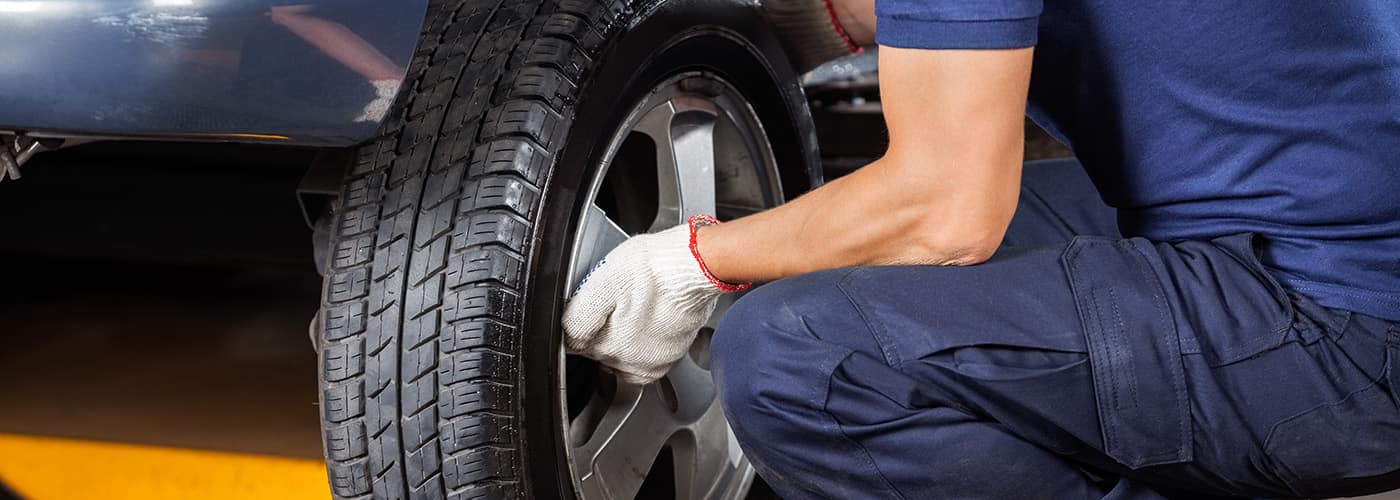 This method is for front wheel drive vehicles. nine0009
This method is for front wheel drive vehicles. nine0009
This type of tread pattern is mainly found on off-road and commercial tires. In the MICHELIN line, for example, the Agilis+ and Latitude Tour HP tire models are of this type. The rotation of tires with a symmetrical tread pattern is exactly the same as the method described above for asymmetric non-directional tires. There is only one difference in the operation of such tires: when assembling the wheels, it is not necessary to take into account the position of the outer and inner sides of the tire.
Such tires are becoming less and less common in summer tire lines and almost always in winter: V-shaped tread allows the most effective removal of water from the contact patch. So, in the MICHELIN model range, CrossClimate summer tires and a number of winter tires (X-Ice North 3, Latitude X-Ice 3, Alpin 5, etc. ) have a directional tread pattern. Rotation with directional tires mounted on disks can be done in only one way: by swapping the front and rear wheels, i.e. the front left wheel in place of the rear left, the front right in place of the rear right. nine0009
) have a directional tread pattern. Rotation with directional tires mounted on disks can be done in only one way: by swapping the front and rear wheels, i.e. the front left wheel in place of the rear left, the front right in place of the rear right. nine0009
As the name implies, in addition to the outer and inner side, the tire tread pattern has a directional pattern. This type of tire is used only in motorsport due to the inconvenience of use, high cost and lack of tangible benefits for civilian use. Rotation with such tires is carried out in the same way as in the case of symmetrical directional tires: the front and rear wheels of each side of the car change places with each other. nine0009
Many sports cars are sometimes fitted with different size wheels: the rear tires are usually wider and larger in diameter. If the tires have an asymmetric non-directional tread pattern, then the wheels on each of the axles can be interchanged, but if we are dealing with directional tires, then alas, the rotation of such wheels without tire fitting is impossible.
This type of rotation allows to extend the life of the wheels by about 20% , but in reality this method is almost never used: many modern cars either do not have a spare wheel in the trunk at all, or use a small-sized “stowaway” as it. And even if your car is equipped with a full-size spare wheel, in practice it most often differs in either tire model or wheel type. However, if the spare tire is completely identical to the wheels installed on the car, then rotation in this case can be extremely useful. For ease of changing wheels, the type of tread pattern should be either asymmetric non-directional or symmetrical non-directional. The rotation process in this case is no longer as obvious as in the previous methods. nine0009
The front right wheel is removed in place of the spare tire, the spare wheel is installed in place of the rear right wheel, the rear right in place of the front left, the front left in place of the rear left, the rear left in place of the front right.